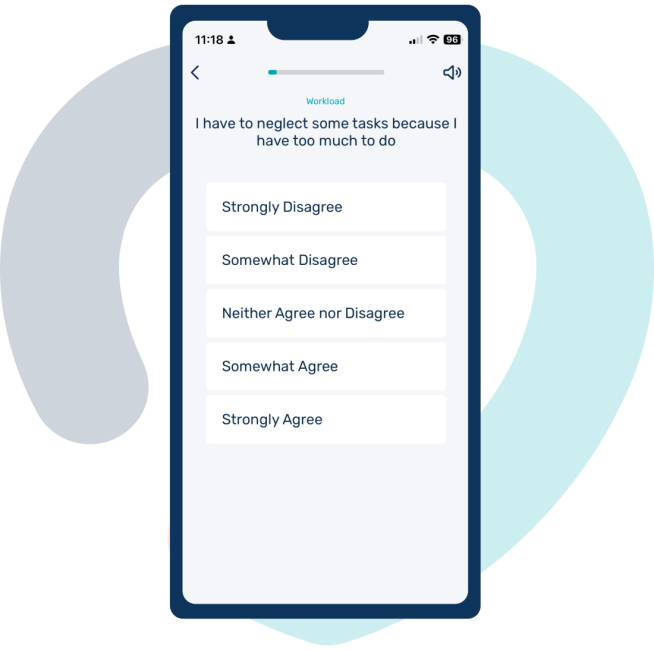3 Things Organisations Can Learn from High Performance Sport

Featured

The Benefits of Assessing Psychosocial Health Outcomes
Welcome to Mibo's Revolutionary Harm-Benefit Indicator

How To Turn Your Psychosocial Risk Learnings into Timely and Convenient Action
Coming from a career heavily involved in high performance sports, and given the obvious link between psychosocial health and performance, I’ve been consistently surprised by the lack of urgency most organisations place on psychosocial risk management. Here’s 3 things we can learn from High Performance Sports organisations:
- Supportive psychosocial environments are the key to high performance.
Go to any leading high performance sport organisation these days and you’ll experience a culture where improving athlete psychosocial health is TOP of the priority list – Why?
Because coaches and managers know that psychological health is THE key to high performance.
Yet since working more often with general organisations, it’s been consistently surprising to experience organisational leadership’s lack of urgent buy-in to the need for psychosocial risk management from the perspective of good business sense. Some leaders are not aware of the psychosocial health-performance link. Some don’t believe the research and statistics because low quality well-being interventions haven’t provided obvious benefits. Some are fearful of exploring the psychosocial health environment of their organisation. Whatever the case, if your organisation wants to improve performance, the most effective way to do so it to follow the lead of sport organisations in prioritising psychosocial health.
- The need to measure harms AND benefits to understand risk
Any high performance sport coach knows that to understand an athlete you have to consider strengths and weaknesses…And so the approach to improving performance considers both aspects.
The risk based lens typical of workplace psychosocial risk assessment approaches has grown out of workplace health and safety physical risk prevention where the focus is on reducing harm. And this makes sense for physical risk because there is limited opportunity to benefit workers’ physical safety outside of minimising risk (e.g., getting rid of a dangerous hole that workers might fall in).
But psychosocial risk is different in that to understand risk, we must measure both work factor harms and benefits. This is because with psychosocial risk we have the opportunity to not only reduce harm but in many cases (think manager support and job control) benefit psychological health. And understanding the degree to which workers experience psychosocial work factors as beneficial to psychological health is fundamental to understanding overall risk. We might see this as the positive side of the psychosocial risk coin that is not so relevant with physical risk.
- Managers need to be coaches
In high performance sport, coaches are trained to support athlete well-being and help maximise performance. Weirdly, given the opportunity for managers to do the same with team members, this usually takes a much lower priority in general workplaces. Manager support has recently been found to be as important as professional therapy in influencing employee psychological health. It’s vital that managers are trained to increase their ‘coaching’ skill given this importance to team members’ enjoyable and effective work experience.
We’ve developed Mibo with these learnings front of mind including our revolutionary Harm-benefit indicator and ‘Coach approach’.
If this sounds good to you Schedule a Call with us today 🙂





